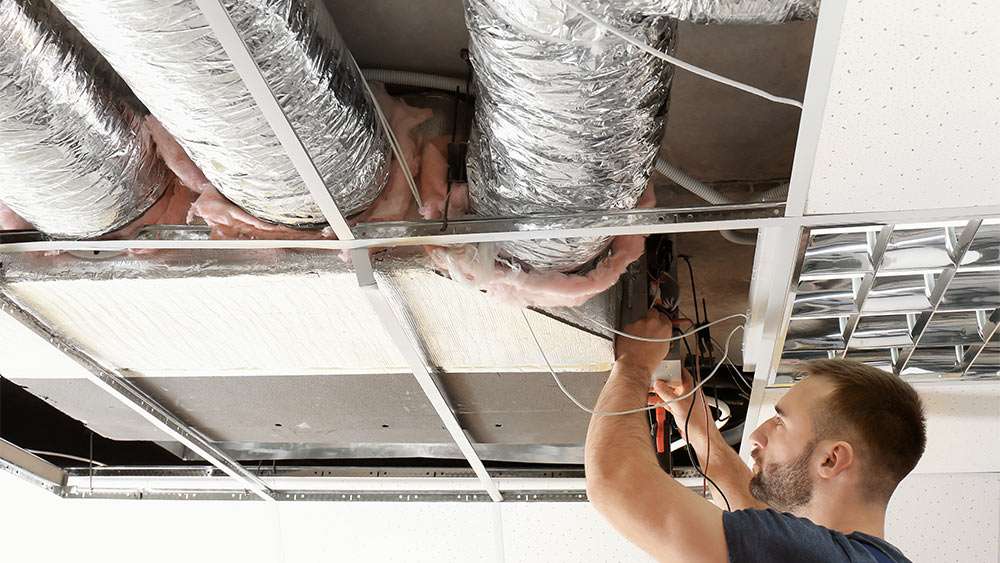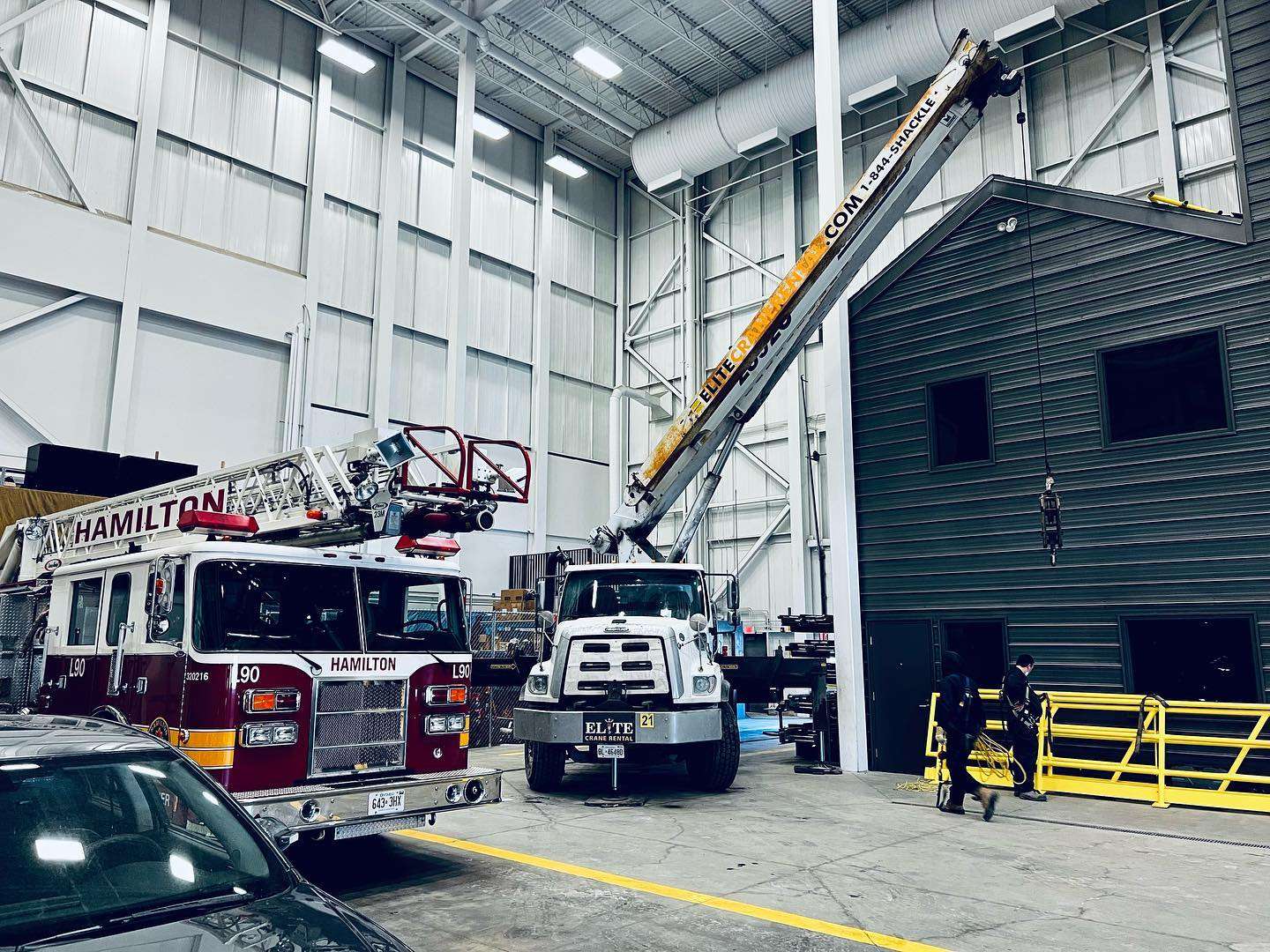Air conditioning (AC) systems play a vital role in maintaining indoor comfort and temperature control. Centralized AC systems rely on a network of ducts to distribute conditioned air throughout a building. However, when there are leaks in the AC ducts, it can have various negative effects on system performance, energy efficiency, and overall comfort. In this article, we will explore what happens when there is leakage in AC ducts and the importance of addressing this issue promptly.
Reduced Cooling Efficiency
Leakage in AC ducts results in a significant loss of cooled air. As the conditioned air escapes through the leaks, it fails to reach its intended destinations effectively. This leads to reduced cooling efficiency, as the AC system must work harder to compensate for the lost air. The result is an increased load on the system, higher energy consumption, and longer cooling cycles to achieve the desired temperature. Therefore, you should call experienced professionals such as air conditioning Sydney for the installation of ducted AC to avoid any kind of problem.
Uneven Temperature Distribution
When there are leaks in the ductwork, the conditioned air may be diverted or lost before it reaches certain areas of the building. This can result in uneven temperature distribution, with some rooms or zones being cooler or warmer than others. Occupants may experience discomfort due to inconsistent temperatures, making it challenging to maintain a comfortable indoor environment.
Increased Energy Consumption
Leaky ducts force the AC system to work harder to compensate for the lost air. This increased workload leads to higher energy consumption and, subsequently, higher energy bills. The AC system needs to run for longer periods to achieve the desired temperature, contributing to unnecessary energy waste and financial costs.
Decreased Air Quality
Leaky ducts can allow contaminants to enter the system. Dust, dirt, allergens, and even pests may find their way into the ductwork through the openings. These particles can then be circulated throughout the building, leading to reduced indoor air quality. Occupants may experience symptoms such as allergies, respiratory issues, or worsened asthma due to the presence of these pollutants.
Therefore, you should avoid this problem by calling experts in your region. For example, if you are living in Sydney, then you should call professionals who offer ducted air conditioning installation Sydney services.
The strain on the AC System
Leakage in AC ducts puts additional strain on the system as it tries to compensate for the lost air. The increased workload can lead to wear and tear on components such as compressors, fan motors, and other critical parts. This strain may result in more frequent breakdowns, reduced system lifespan, and the need for costly repairs or replacements.
Higher Humidity Levels
Leaky ducts can also contribute to higher humidity levels inside the building. When the cooled air escapes before reaching its intended destination, the AC system’s dehumidification process is compromised. The result is increased moisture in the air, leading to a clammy and uncomfortable indoor environment. Higher humidity levels can also promote the growth of mold and mildew, posing health risks and requiring remediation.
Noise and Odor Issues
In some cases, leakage in AC ducts can result in unusual noises or odors. The escaping air can create whistling or hissing sounds as it passes through gaps or openings. Additionally, if there are contaminants or stagnant air in the ductwork, unpleasant odors may be distributed throughout the building when the AC system is in operation.
Difficulty in System Balancing
Leaky ducts make it challenging to achieve proper system balancing. System balancing involves adjusting the airflow to each room or zone to achieve consistent temperatures and comfort. When there are leaks, the desired airflow may not reach certain areas, leading to difficulties in achieving a balanced system. This can result in temperature inconsistencies and further discomfort for occupants.
Increased Environmental Impact
Leaky AC ducts contribute to unnecessary energy waste, leading to a higher carbon footprint. As the system works harder to compensate for the lost air, it consumes more energy, which, in turn, increases greenhouse gas emissions. By addressing duct leaks, energy consumption can be reduced, resulting in a more environmentally friendly operation.
Difficulty in Diagnosing the Problem
Leaky ducts can be challenging to detect visually as they are often hidden within walls, ceilings, or crawl spaces. This makes it difficult to identify the precise location and extent of the leaks. Professional duct inspection techniques such as pressure testing or thermal imaging may be required to accurately diagnose the problem.
Wrap Up
In conclusion, when there is leakage in AC ducts, it leads to reduced cooling efficiency, uneven temperature distribution, increased energy consumption, decreased air quality, the strain on the AC system, higher humidity levels, noise and odor issues, difficulties in system balancing, increased environmental impact, and challenges in diagnosing the problem. Regular maintenance, prompt duct repairs, and professional inspections are essential to ensure the optimal performance and efficiency of AC systems while providing a comfortable and healthy indoor environment.









